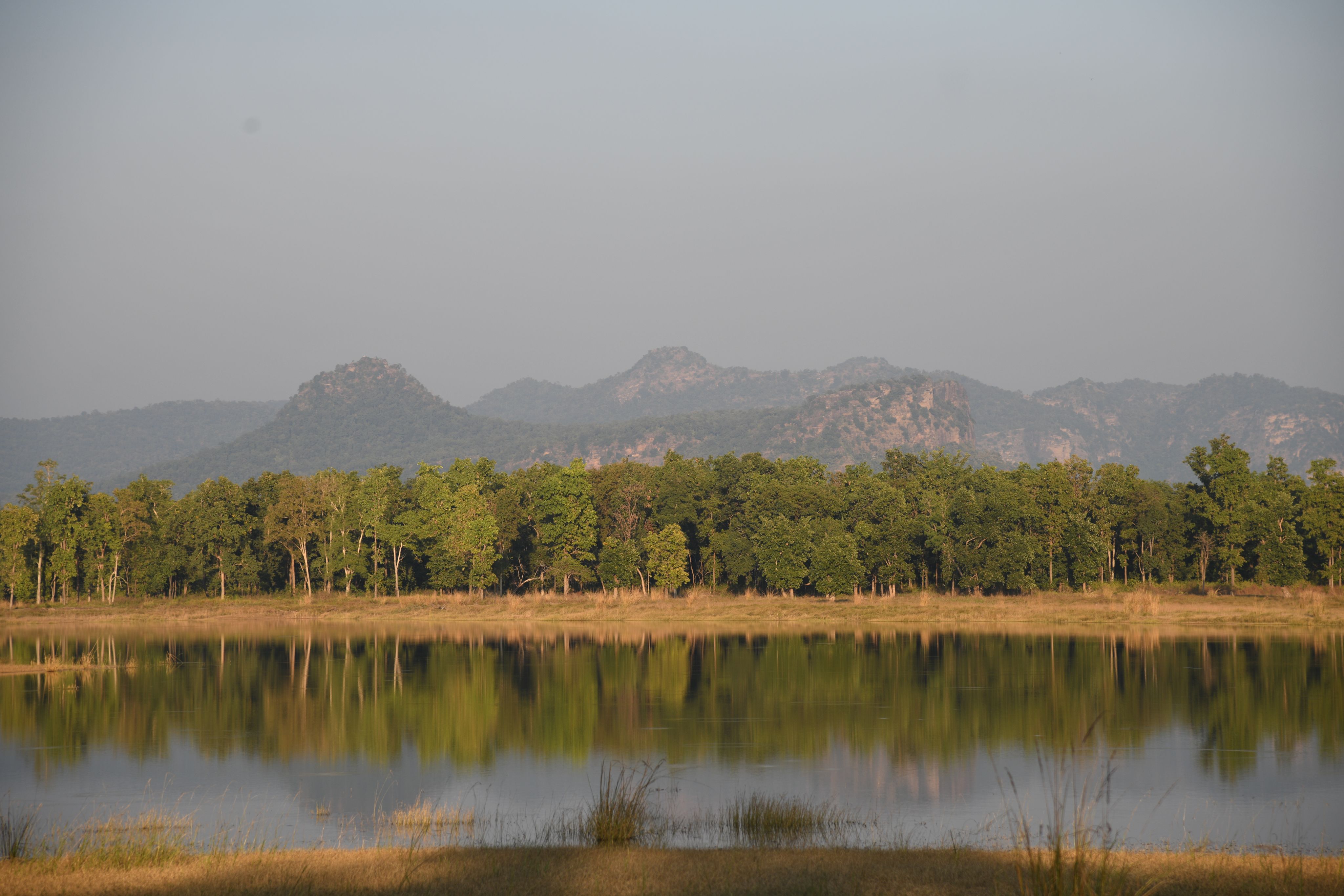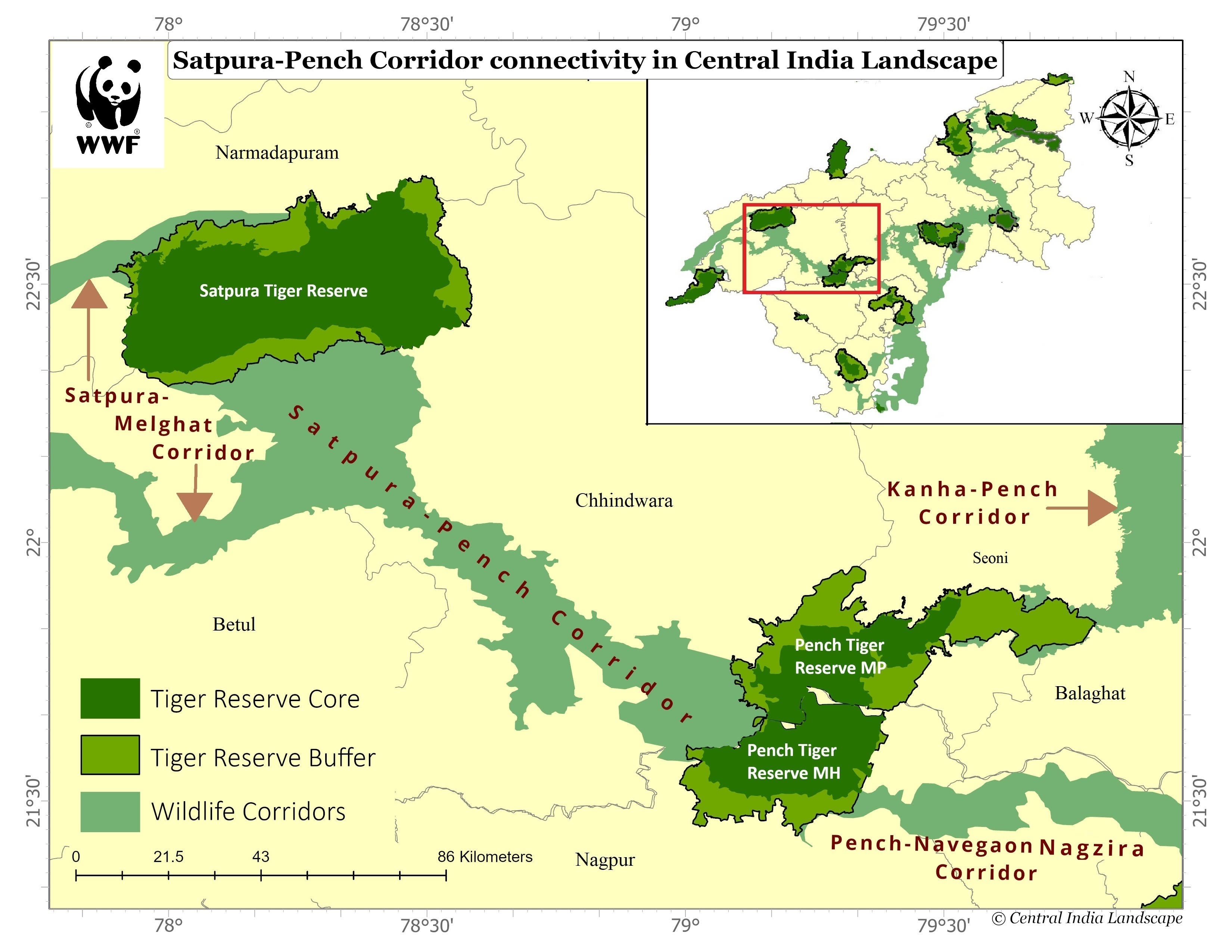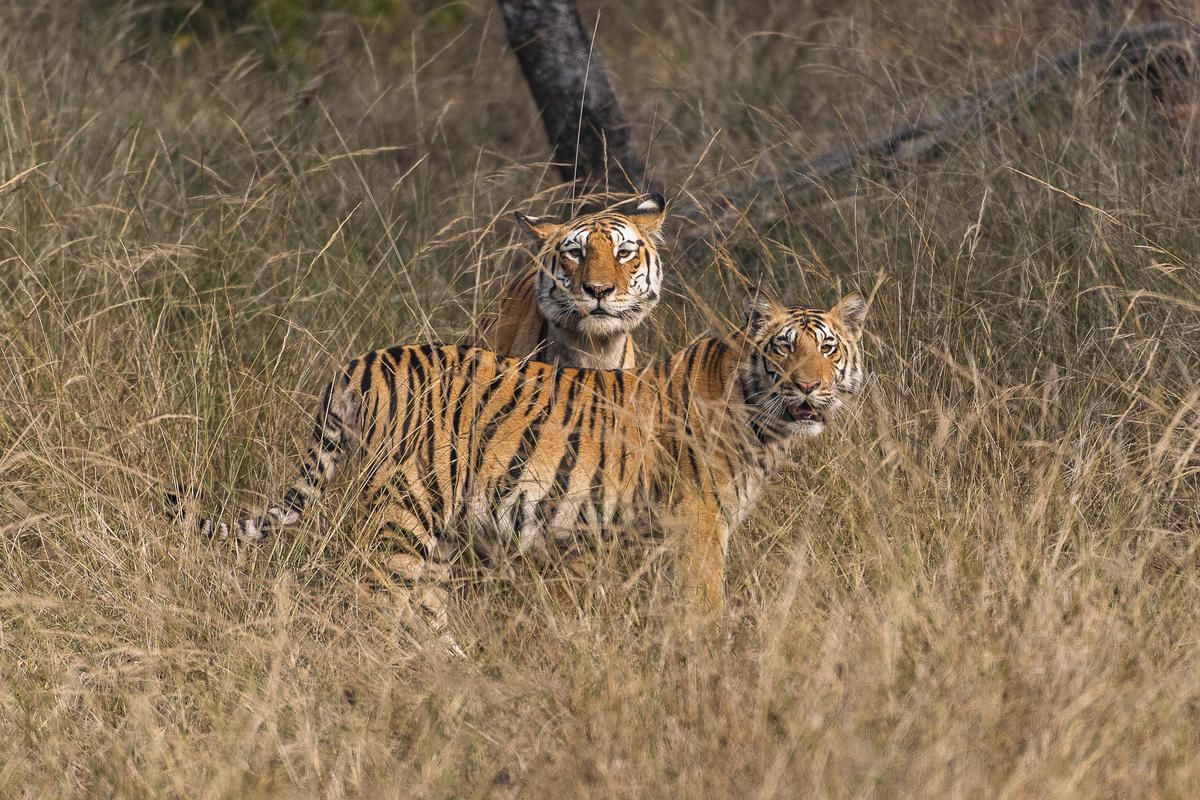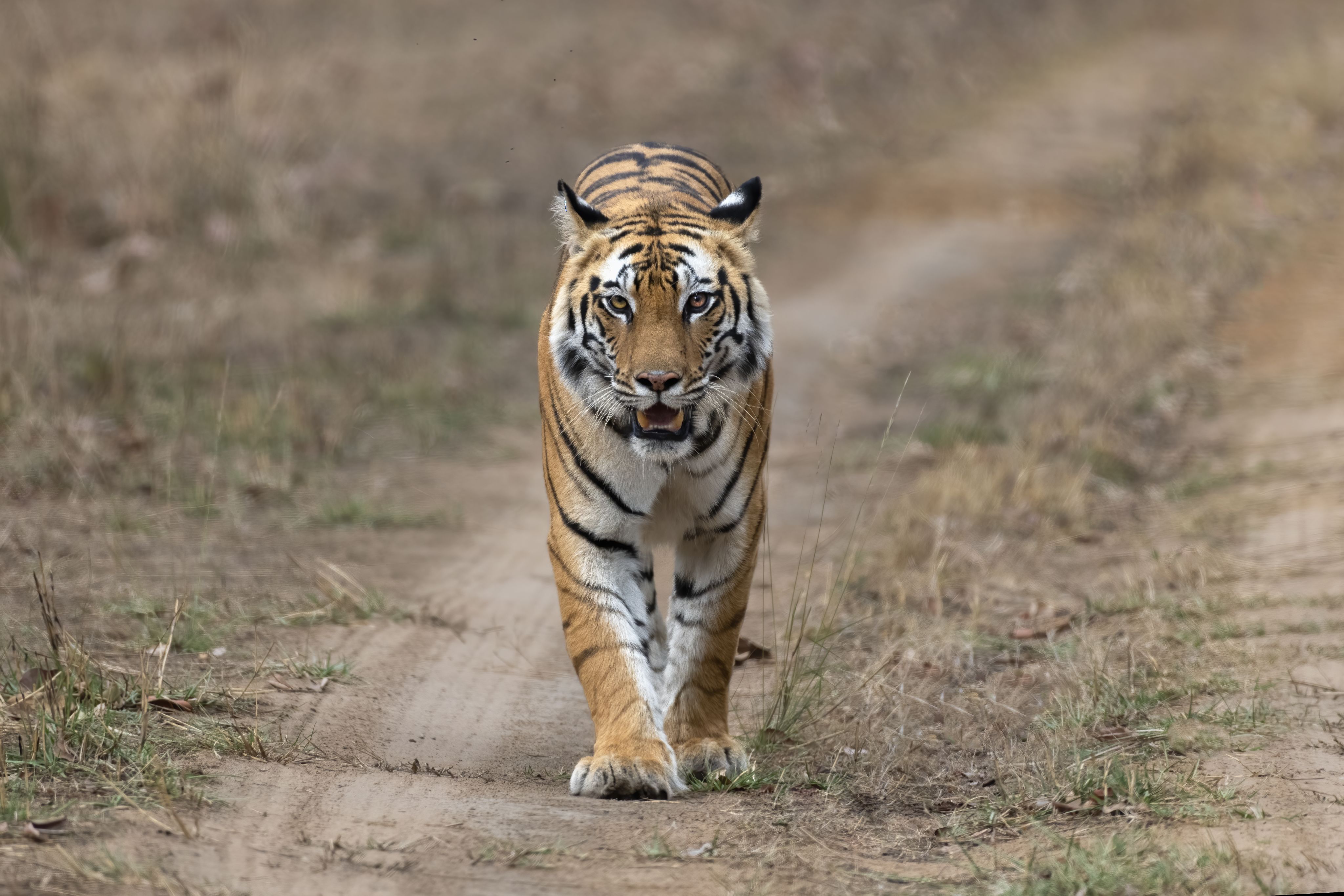Three Tiger reserves in Central India win conservation awards

As the Year of the Tiger comes to a close the prestigious TX2 Award recipients have been announced. This year’s TX2 Award winners are two adjoining tiger reserves in the Central India Landscape, Pench Tiger Reserve in Madhya Pradesh (MP) and Pench Tiger Reserve in Maharashtra (MH), which have had incredible success in doubling their tiger populations. Satpura Tiger Reserve is also this year’s recipient of the Conservation Excellence Award for outstanding reserve management.
The Central India Landscape is located in the heart of India and has some of the largest contiguous forest which is connected by a network of wildlife corridors. It’s not just wildlife that you’ll find using these corridors, many communities live here too and depend on the land and the forests for their livelihoods.
Pench Tiger Reserve MH and Pench Tiger Reserve MP are connected to Satpura Tiger Reserve by a corridor that runs between the reserves.

Map shows Satpura Tiger Reserve and Pench Tiger Reserves (MH & MP) connected by a corridor highlighted in green. © WWF-India
Map shows Satpura Tiger Reserve and Pench Tiger Reserves (MH & MP) connected by a corridor highlighted in green. © WWF-India
The journey of Pench Tiger Reserves, both in MH & MP, in doubling their tiger population is one of remarkable successes. Pench MH increased their tiger population from 9 individuals (2008-09) to 44 (2021) while Pench MP increased its tiger population from 33 (2006) to 87 (2018).
A mix of well managed dry deciduous forest across the two reserves makes the ideal habitat for tigers and their prey, such as chitals and gaur, which are commonly found in both reserves. The award winning sites help the dispersal of tigers to nearby areas through wildlife corridors, supporting genetic diversity across the tiger population in the area. The tiger reserves have also improved ranger welfare for teams that patrol the two tiger reserves which not only improves the conditions for rangers, but also increases the protection of tigers and other wildlife from poaching - a critical threat to wild tigers across Asia. Camera traps and other scientific methodologies are utilised across the reserves to monitor tigers and their prey, which increases the data available in the estimating populations of tigers as well as their prey.
We leave Pench Tiger Reserves (MH and MP) and journey roughly 120 km north-west through the Satpura-Pench Corridor where we reach the recipient of the Conservation Excellence Award, Satpura Tiger Reserve (Madhya Pradesh), also known as a "Genetic Super Highway'' with its deep valleys, sandstone peaks, dense forests, and water bodies.
Satpura Tiger Reserve has seen a marked increase in its tiger population over the past 12 years, from 13 in 2010 to 48 in 2021. This increase was possible thanks to pioneering tiger and prey translocation efforts and the excellent management of the reserve. Satpura is a fantastic example of rewilding in Asia and the Conservation Excellence Award reflects this. A total of 17 tigers and 1741 chital (a type of deer and tiger prey) have been moved to Satpura over the last decade. Regular patrols and the use of an anti-poaching monitoring tool, MSTrIPES, has ensured the reserve’s wildlife is protected from illegal activity, such as poaching. The reserve and communities in the adjoining area have also benefited from an income from tourism, through engagement of local communities in becoming nature guides, safari jeep drivers, boat operators and hospitality roles for the tourists.
The success stories of Pench Tiger Reserves (MH and MP) and Satpura Tiger Reserve are credited to the dedication of central and state governments, conservation partners and the crucial support of local communities. We hope their success can inspire other protected areas to achieve much needed tiger recovery gains across Asia.
These awards are supported by CA|TS, Fauna & Flora International, Global Tiger Forum, IUCN, Panthera, UNDP, Wildlife Conservation Society and WWF.

Tigress with cub on their way to a previously caught prey. Pench Tiger Reserve, Central Indian Landscape. © Ola Jennersten / WWF-Sweden
Tigress with cub on their way to a previously caught prey. Pench Tiger Reserve, Central Indian Landscape. © Ola Jennersten / WWF-Sweden

Tiger in Satpura Tiger Reserve, Central Indian Landscape. © L Krishnamoorthy / WWF-India
Tiger in Satpura Tiger Reserve, Central Indian Landscape. © L Krishnamoorthy / WWF-India
